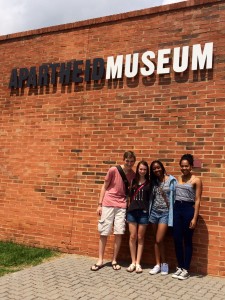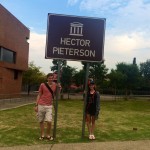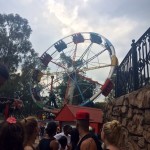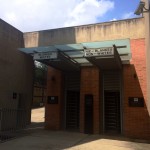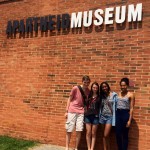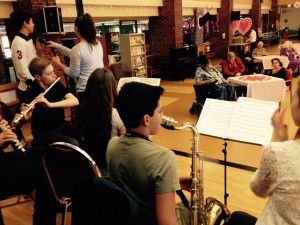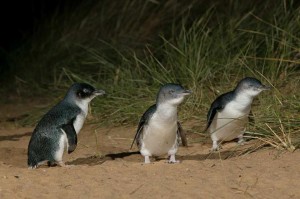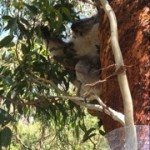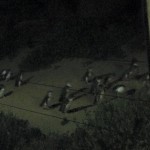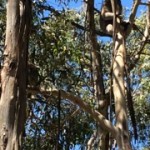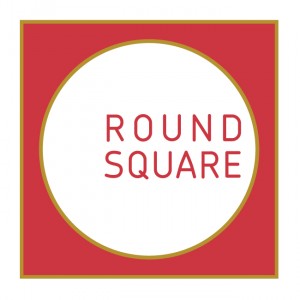 There is the generation X, the generation Y, the baby boomers. And then, there is us. I sometimes wonder whether we are not the attention deficit disorder generation. Someone or something takes our fancy, and for the space of a few months, days, or hours, we enthusiastically embrace an idea, elevate a person to ridiculous heights, and covet the most ridiculous object as if it was made of gold. From nothing, it becomes everything, is everywhere – in multiple copycat versions too – and, just as suddenly, we drop it, never to think of it again. We flit to the next idea, the next trend. It can be charming…except when it comes to charities. Because yes, it appears that for us, charities too are just fleeting fads.
There is the generation X, the generation Y, the baby boomers. And then, there is us. I sometimes wonder whether we are not the attention deficit disorder generation. Someone or something takes our fancy, and for the space of a few months, days, or hours, we enthusiastically embrace an idea, elevate a person to ridiculous heights, and covet the most ridiculous object as if it was made of gold. From nothing, it becomes everything, is everywhere – in multiple copycat versions too – and, just as suddenly, we drop it, never to think of it again. We flit to the next idea, the next trend. It can be charming…except when it comes to charities. Because yes, it appears that for us, charities too are just fleeting fads.
When I was 8 or 9, I wore a yellow rubber bracelet, which bore the catchy slogan “Livestrong”. I loved my bracelet for one reason. My friends thought I was oh so cool. The bracelets were extremely scarce, having sold out of several NIKE stores. They were also very popular, not surprisingly since popularity and scarcity go together. The unexpected shortage of bracelets had naturally spiked interest in the rubber band to such an extend that – and this is the absolute truth – strangers would stop me in the street, offering me up to $20 for my bracelet. I am ashamed to say, that I had no idea that “Livestrong” was meant to serve the cause of cancer; I suspect that I was not alone and that for a great majority of people, the bracelets were simply the expression of a desire to be part of a trend. Quickly enough, yellow bracelets became lost in a sea of other rubber bracelets: green, blue, pink, red, RAINBOW! Rubber bands were everywhere, in sports stores and at the dollar stores. My yellow bracelet was given to my dog as a chew toy. Livestrong, the slogan and the foundation became passé. True, Livestrong’s spokesperson and founder had spectacularly fallen from grace, but the Livestrong bracelet had faded from our minds long before that.
I can give you dozens of examples. For a few months, we kept cool by throwing ice buckets on our heads. Every time we did it, we raised awareness for ALS. We also raised money. Not as much as we could have, since ice buckets were meant as an alternative to donating money, but still we did raise some money and a lot of awareness for the cause. Until one day, we just forgot to. Bet you a whole bucket of ice that very few of us still think occasionally – if ever – of ALS. So much for awareness.
Joseph Kony, by all accounts an evil man who ordered the abduction of 66,000 children to become sex slaves and soldiers became the cause célèbre in 2012. A video was shown on social media, it went viral within minutes, and suddenly every teenager in America and Canada was heard talking about Joseph Kony. For a minute or two, just a little longer than it takes for us to repost a video, everyone wanted to be part of the anti-Joseph Kony movement. A mere month later, another video called young people everywhere to “cover the night” and put up posters of Kony because, yes, the 66,000 abducted children still deserved to be remembered. And no, no one showed up to cover the night. No one. 66,000 abducted children did not deserve that.
Which brings me to the real point of my presentation. We are in a privileged position, all of us, and we are all conscious of it. We want to help. I want us to remember this: we are an enthusiastic generation, and for whatever time we spend on a trend, we give it our all. We do a lot of good. But we are also fickle, easily bored, easily distracted, and eager to jump to the next cause – one that’s compatible with Facebook and Instagram! Causes and charities cannot be the helpless victims of a generation’s attention deficit. Before we espouse a cause or adopt a charity as our own, we need to find what meaning the cause or charity holds for us. If we do that, we can be assured that our charities won’t be mere fads. Everyone in the 21st century hopes for their fifteen minutes of fame. Cancer research, ALS or children sold as slaves ought to be able to hope for a lot longer than 15 minutes. – David Elbaz ’15

